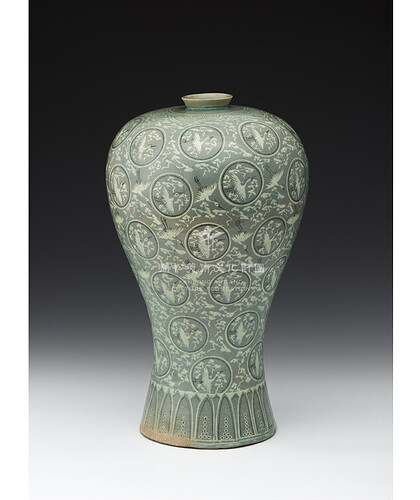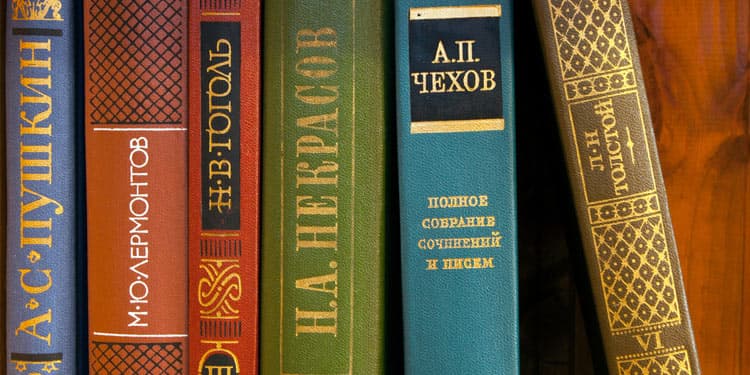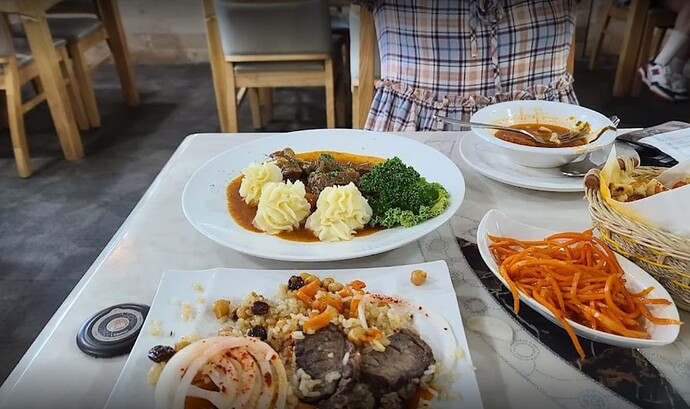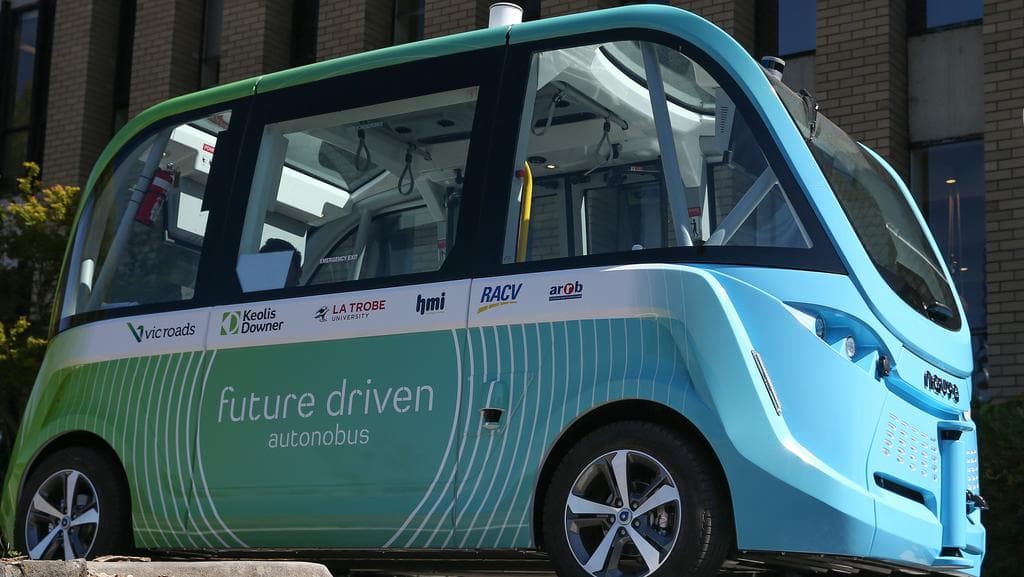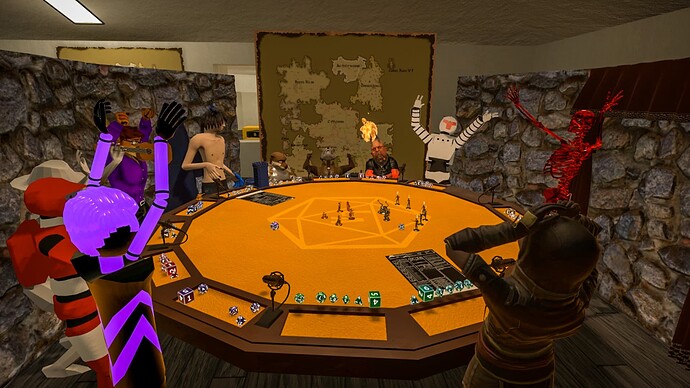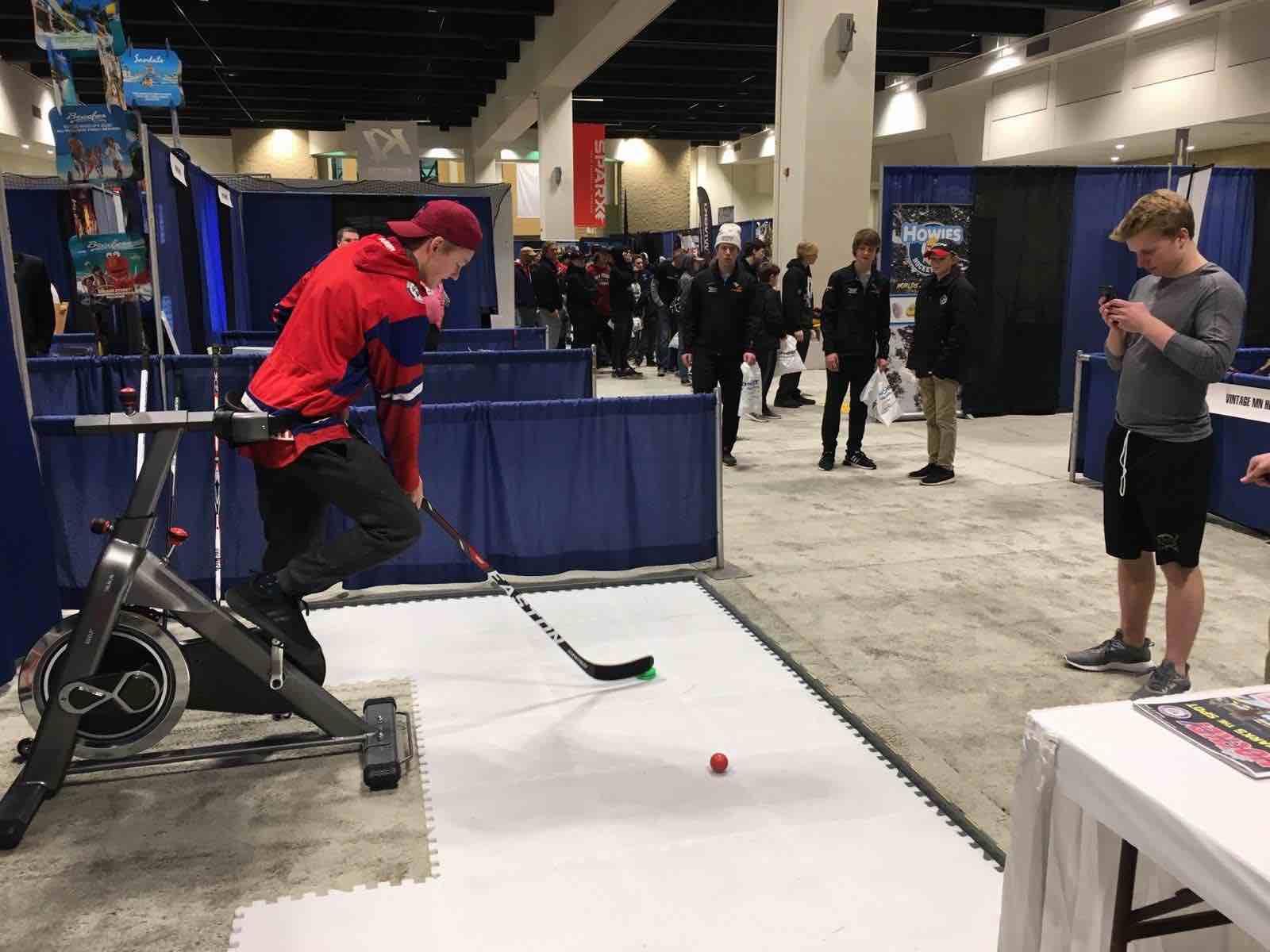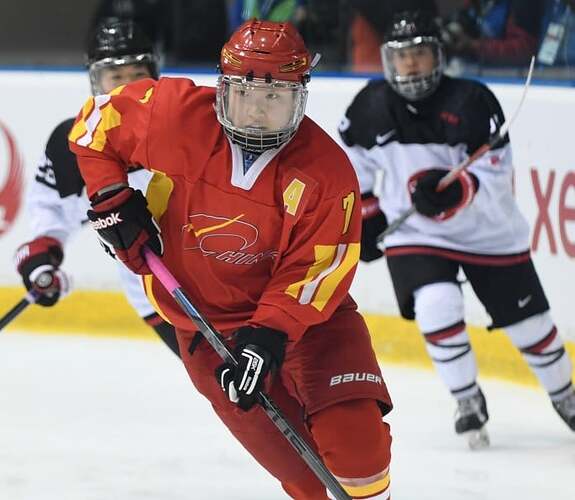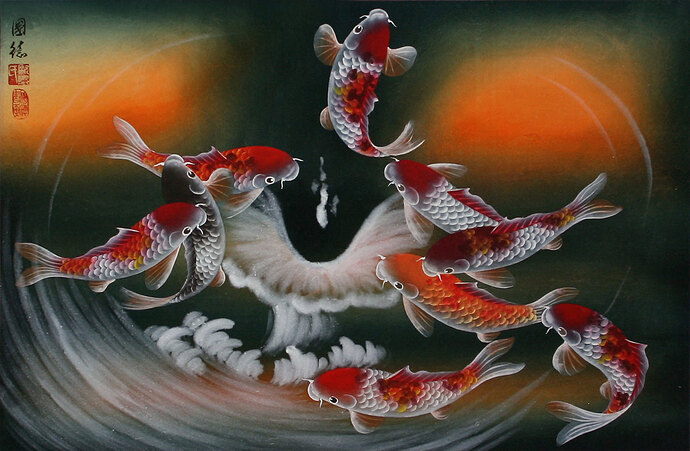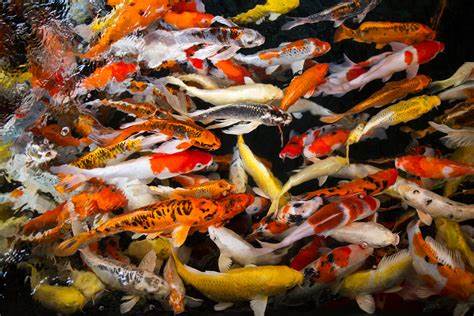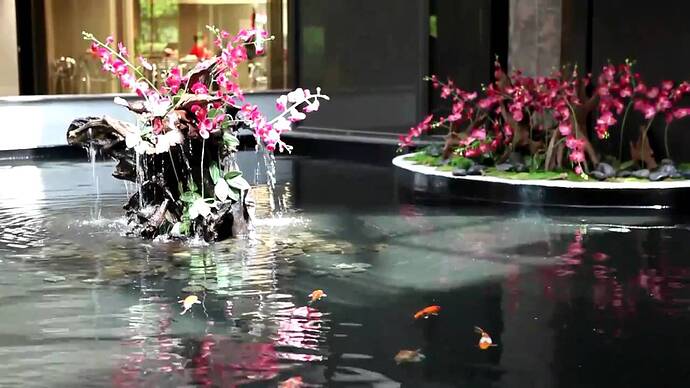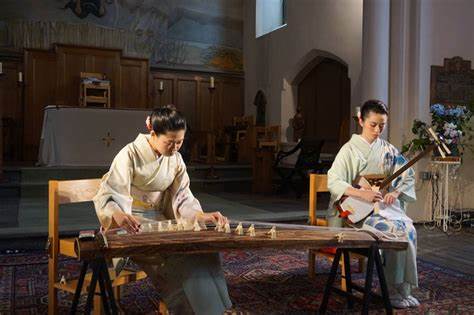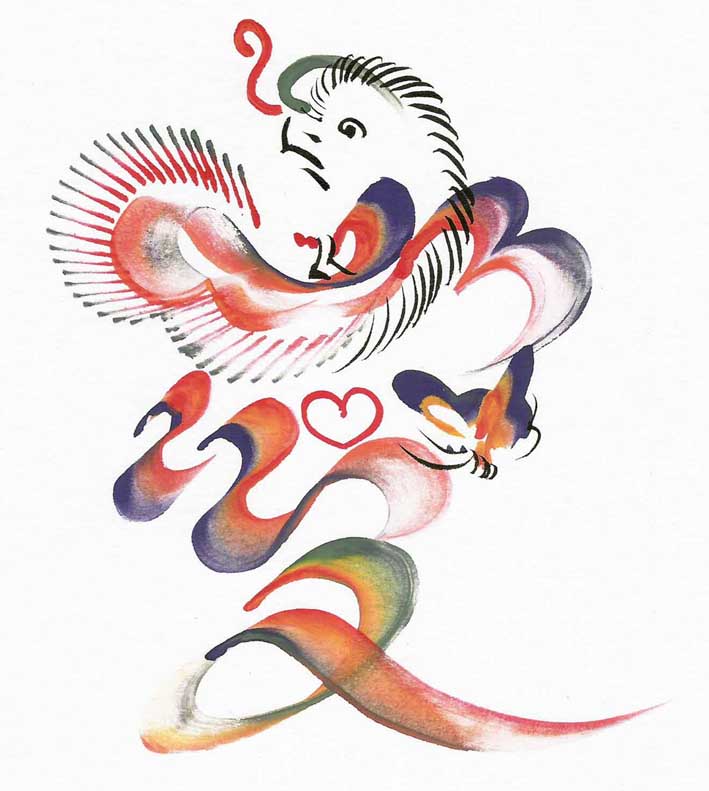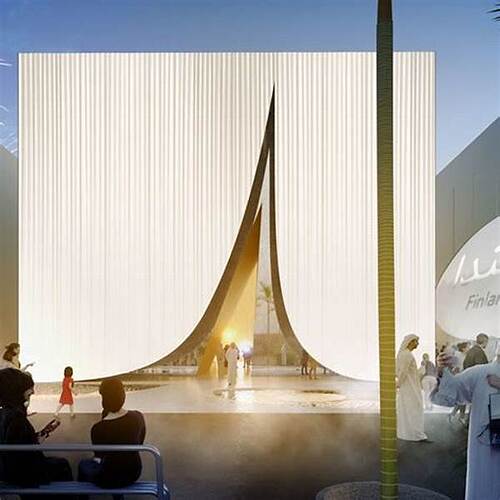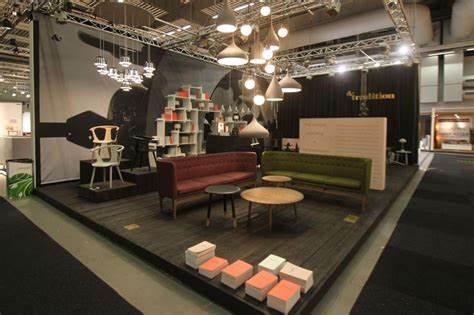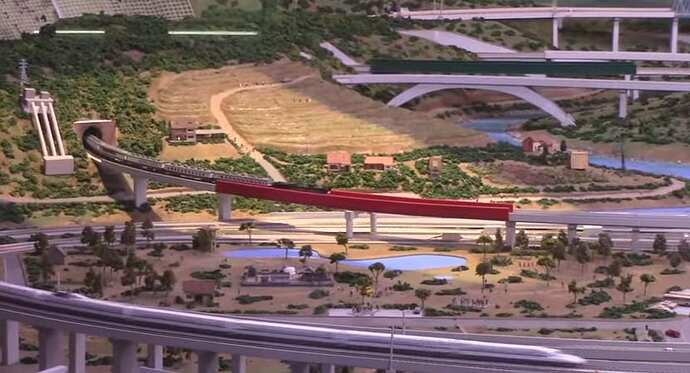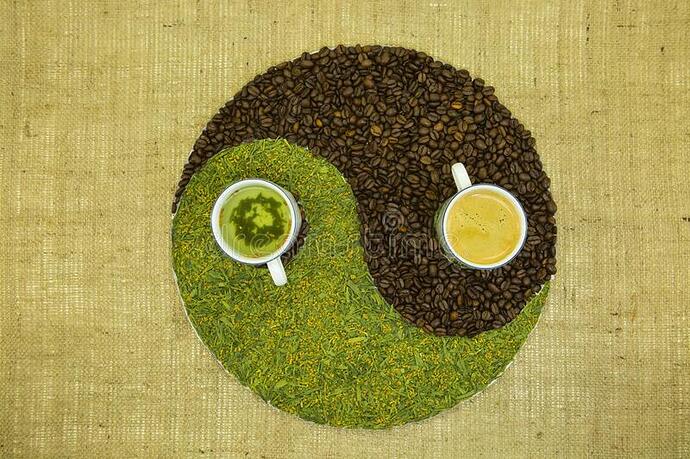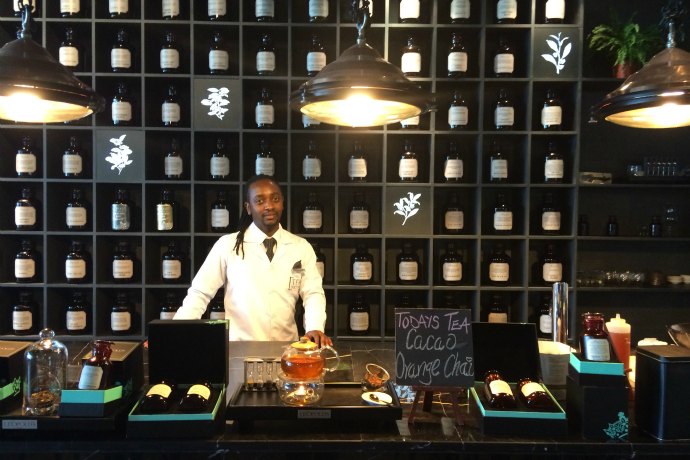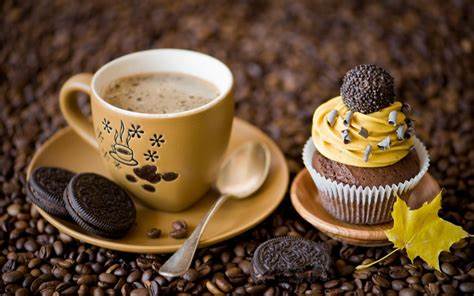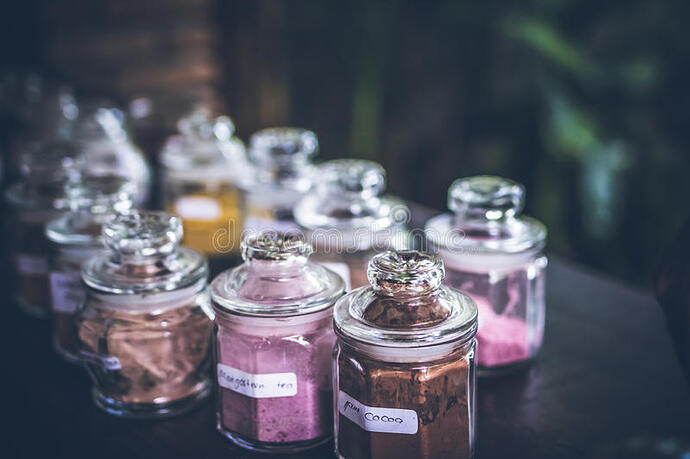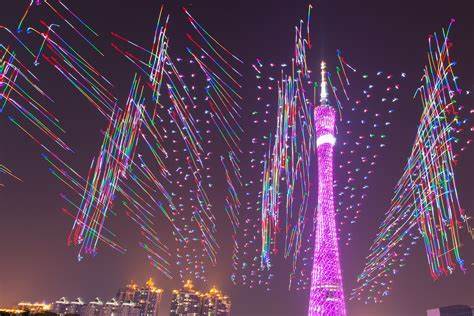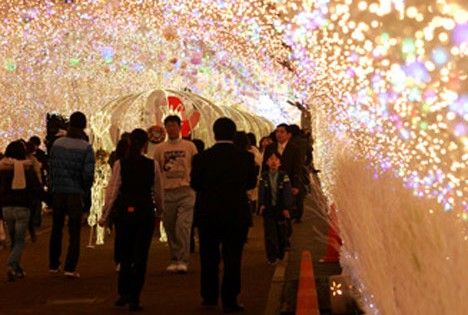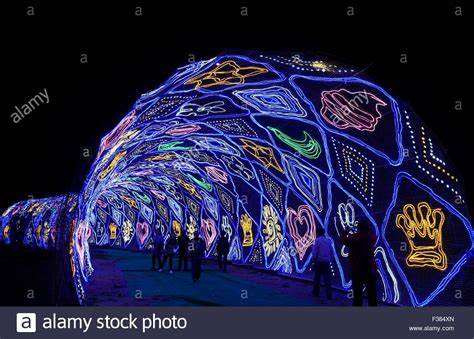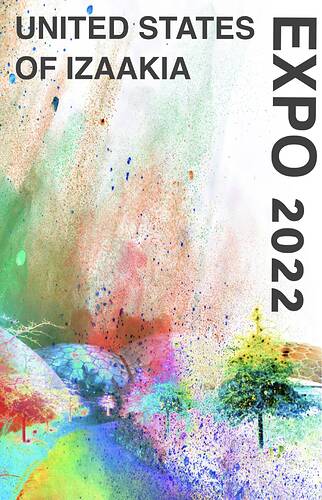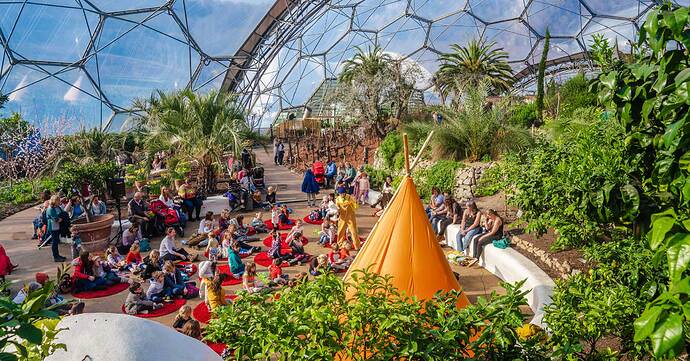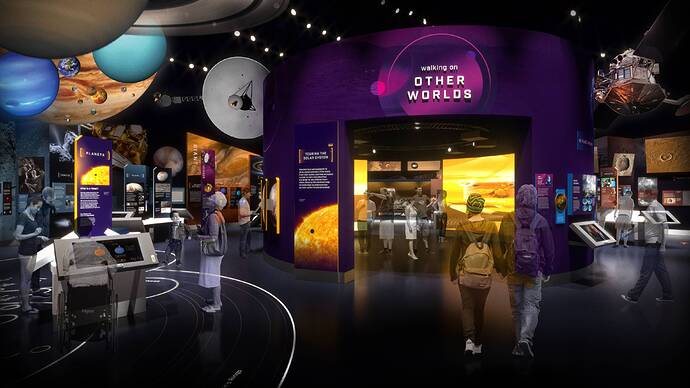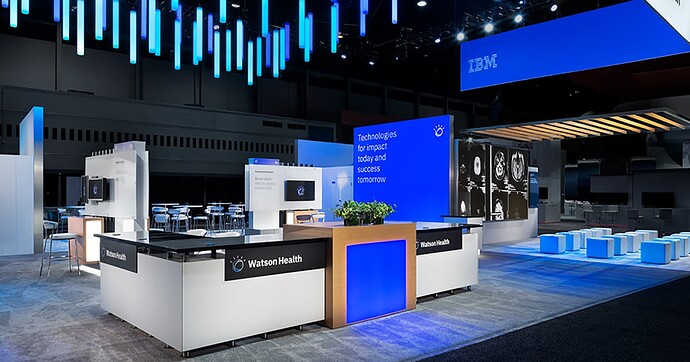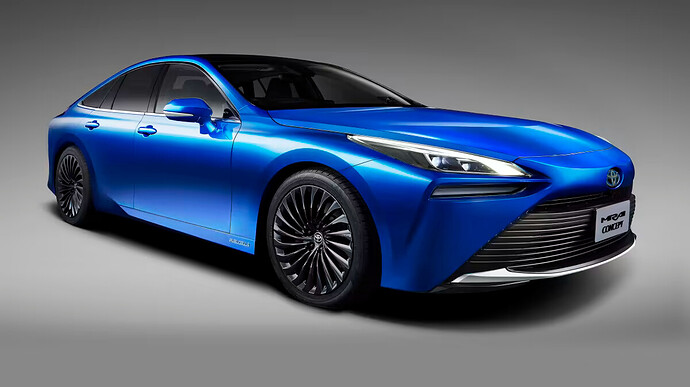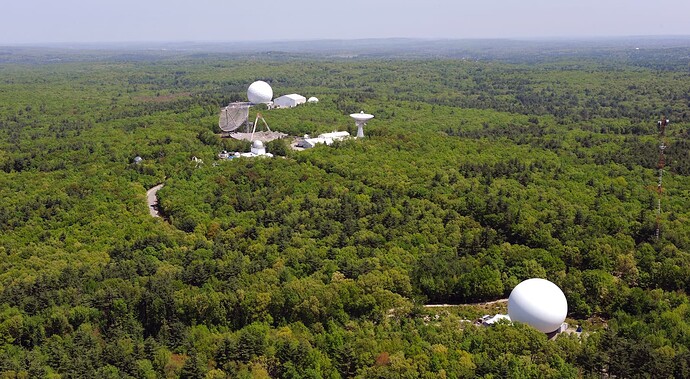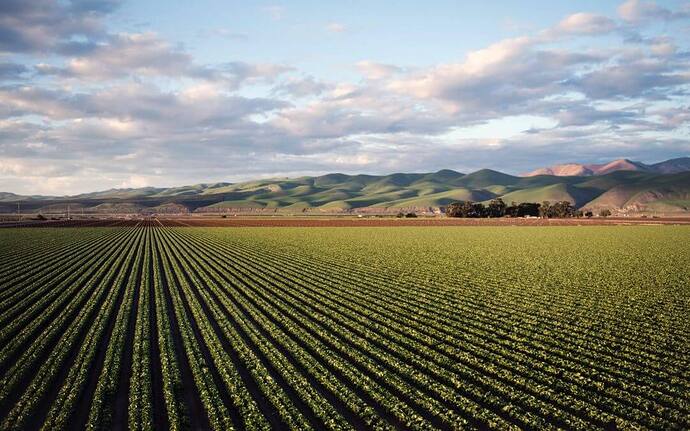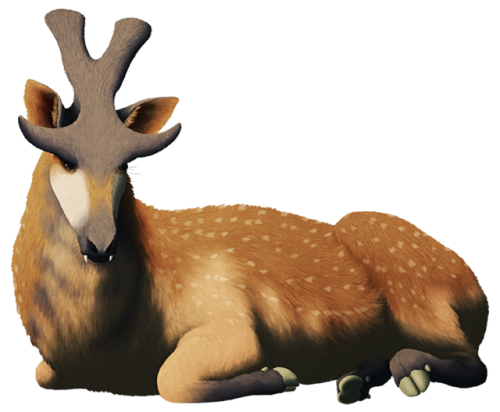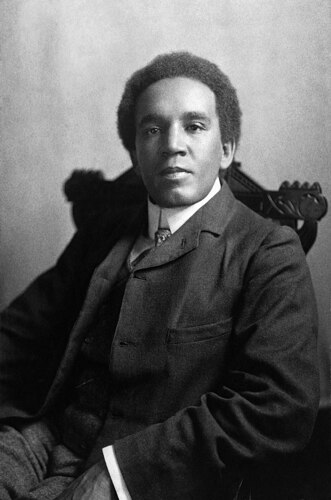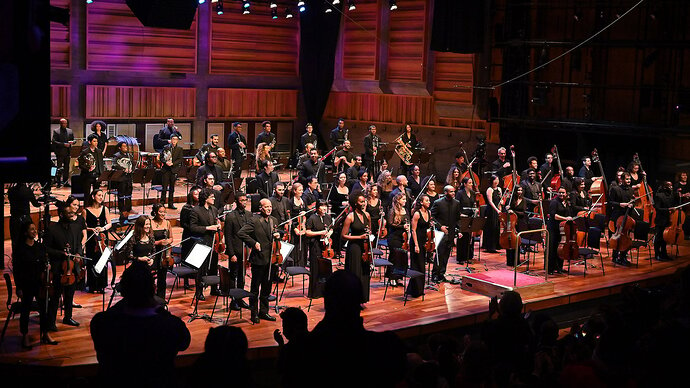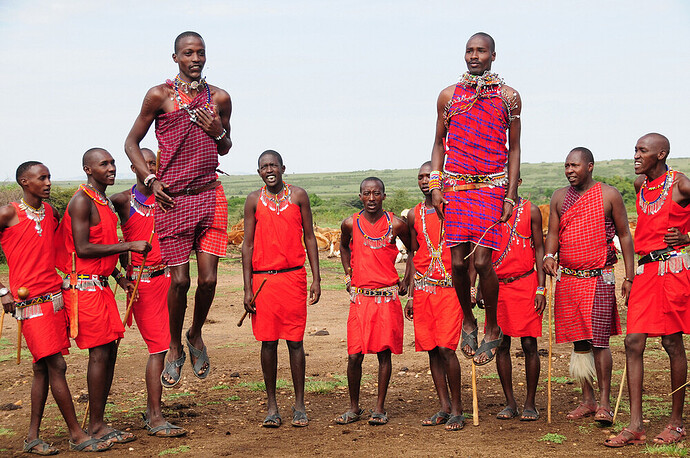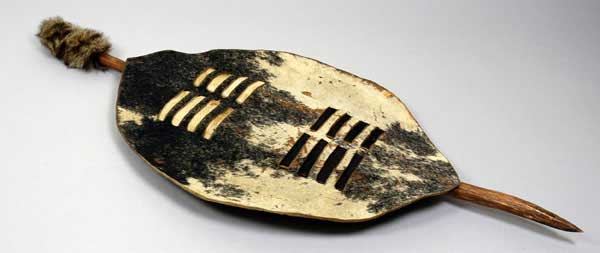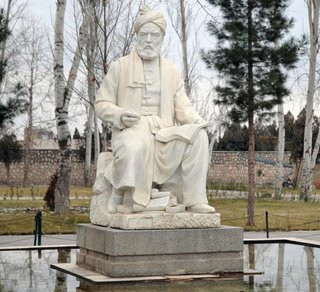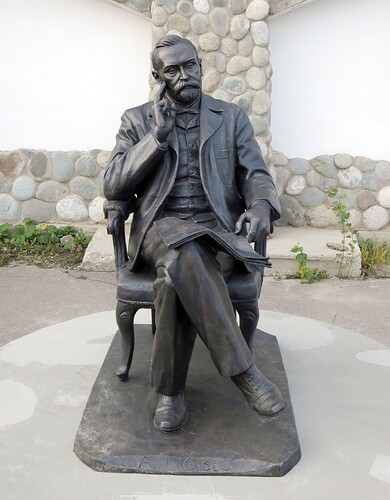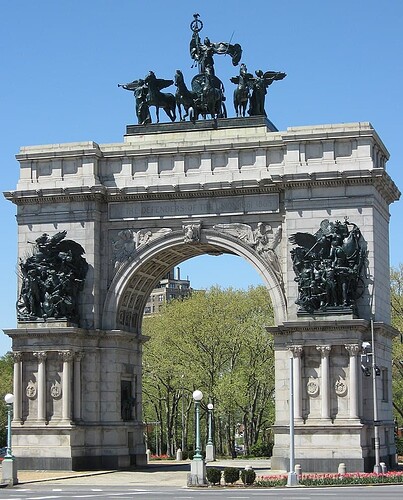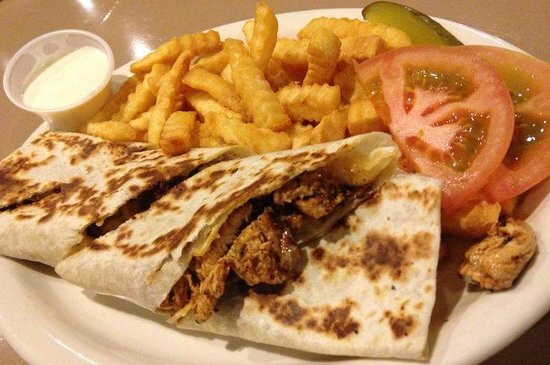Welcome one and all to the 2022 TSP Expo!
Expo, otherwise known as the worlds fair or the Universal exhibition, is a major international exhibition to showcase the achievements, discoveries and developments of nations. While the Expo would typically run between three and six months IRL, but Im planning to have this go on until the end of the year.
These expos encompass universal themes that affect human experience,so international and corporate participants are required to adhere to the theme in their representations and booths. Expos would also have most outstanding or memorable structure competitions.
TSPEXPO 2022
(Venue, Hai Men Expo building)
Im planning this to be a showcase of the roleplayer nations in TSP that’s separated from the facts subforum. The idea is so that every current and newer players would have an idea on the identities and culture of countries in TSP as well as serve as a guide for worldbuilding.
Each country would be allowed to register a maximum of 6 exhibits that represent their country. You can specialize in your culture, your industry, your military or a mix of many. Whatever facets of worldbuilding that you’d like to showcase would detail the nation you’ve written about. The boxes would be used to divide each exhibit, similar to a poster.
When everyone has posted their exhibits, there will be voting on who has the most creative, the most exciting, and the most original exhibition, which will be tallied up by me.
The theme of the expo is: “Progress and Harmony for Mankind”
Formats:
Nation:
NSlink/TSPWiki link:
Exhibit 1:
Category:
Exhibit 2:
Category:
Exhibit 3:
Category:
Exhibit 4:
Category:
Exhibit 5:
Category:
Exhibit 6:
Category:
Showcase Format
Exhibit Name:
Presenter:
Exhibit:
Example
Application:
Nation: The Market Republic of Pazar Am Fluss
NSlink/TSPWiki link: nationstates.com
Exhibit 1: Explorers of the Market
Category: History/Exploration
Exhibit 2: Arts of Glass
Category: Innovation/Art
Exhibit:
[align=center]Explorers of The Market
Elena Di Franci, Professor of Merchant History at the University of Lombardi[/align]
“By day it is filled with boat traffic - water buses, delivery boats, gondolas - if something floats and it’s in the Pazar, it moves along the Fluss. And by daylight it is one of the glories of the Earth."
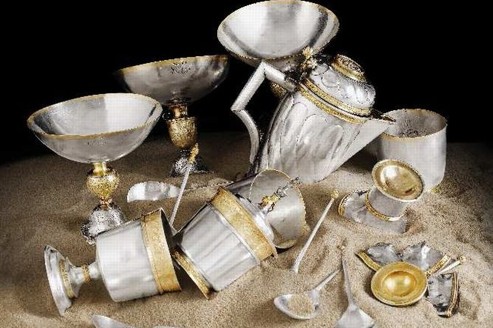
These are the words that describe the naval beauty of the Pazar Am Fluss, the market empire of The South Pacific. Where for centuries the ships are laden with gleaming and shining jewels, gold and spices from the edge of the world. Yet the merchants of the market republic would fight through typhoons and brave through winds to ensure the connection of the world centered in the jewel of the region.
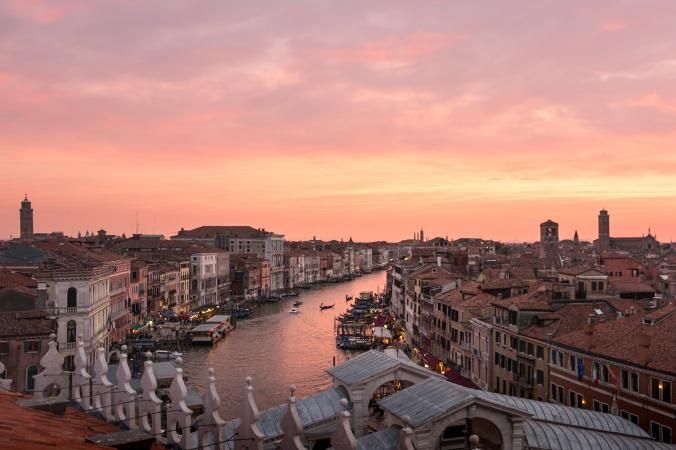
Since the 9th century the Market Republic housed amongst the bravest explorers and the most skilful shipbuilders to accommodate the most famous merchants of the region. In its earliest the market republic prospered on the salt trade, which grew to the dominance of trade between continents and regions of the world. For centuries the merchant republic became home to the extremely wealthy merchant class, members of the world’s society that patronised art and architecture.
One of the most famous of these merchants is Marco Marcello, he learned the mercantile trade from his father and uncle, who travelled through continents. His exploits began on the epic journey to Bailtem, and began the the first major silk and gold trade of the region.
[align=center]Art of Glass
Mazzanti Glassmaker Consortium[/align]
A solid that’s filled with air, an item that can encapsulate the atmosphere itself. The humble glass comes from years of development, 6000 years long before humans discovered the smelting of iron. Although its transparency was rare due to its impurities and imperfections, it became a sign of power and high class. Its application in domestic, funerary and industrial forms are prevalent.
Among the finest glassmakers are those of The Market republic, which caught the usage not only for its architectural marvels, but as a commodity for trade. Glass was sought after for trade by far away merchants, who viewed the interest of touching the air, how could a solid be transparent? The fascination was fashionable, one that attracted many to the craft.
The Market Republic became a centre for glass making, building on medieval techniques to produce colorful ornamental pieces in large quantities. The highlight of glassmaking came from the glassmaker Roberto Mazzanti, who developed exceptionally clear colourless glass dubbed the “cristallo”, and its resemblance to natural crystal that paved the way for windows, mirrors, ship lanterns and lenses. Kicking a new era of innovation.
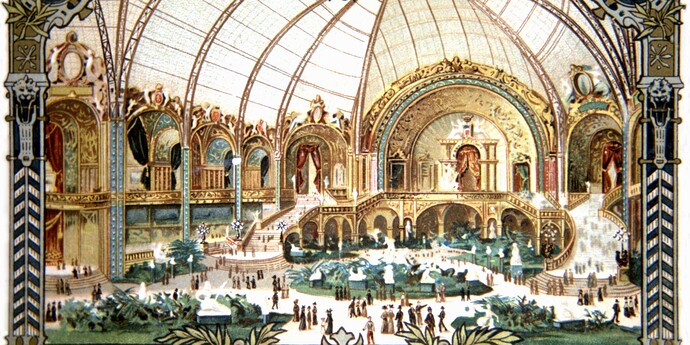
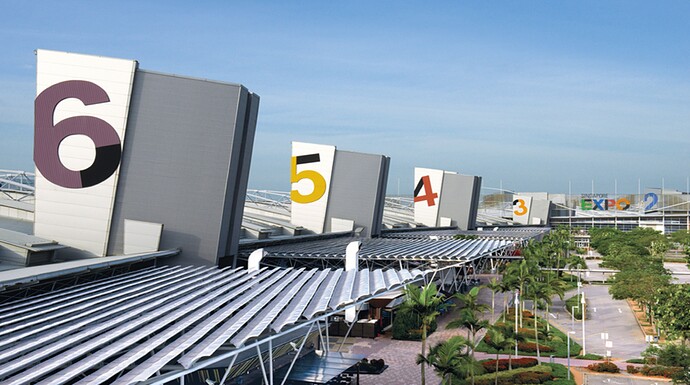
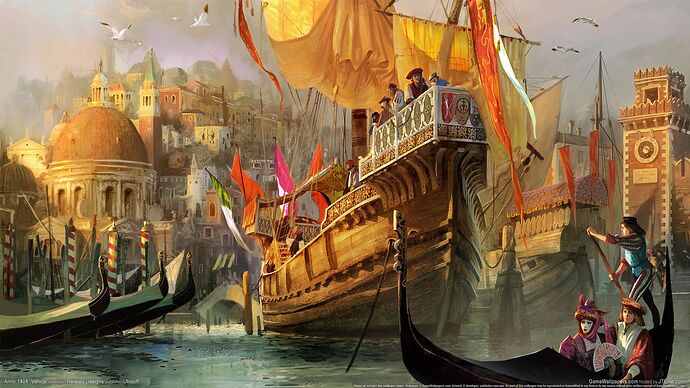
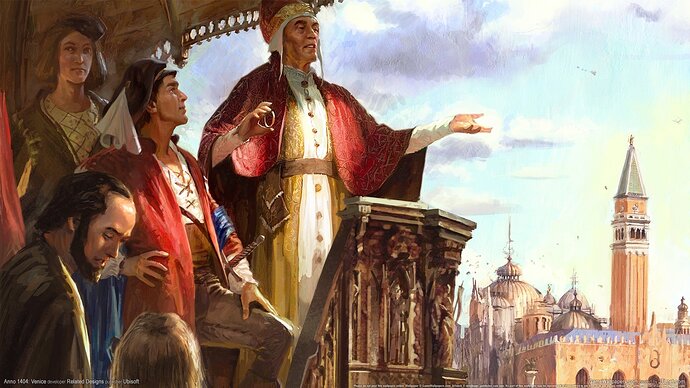
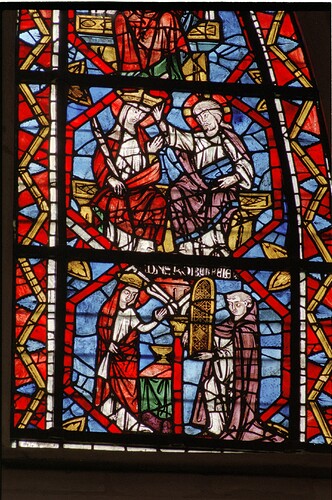
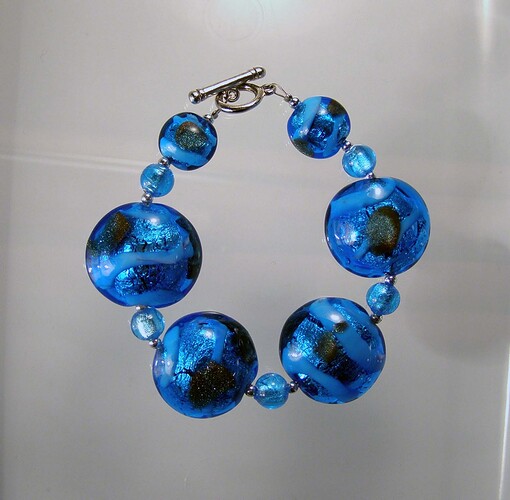
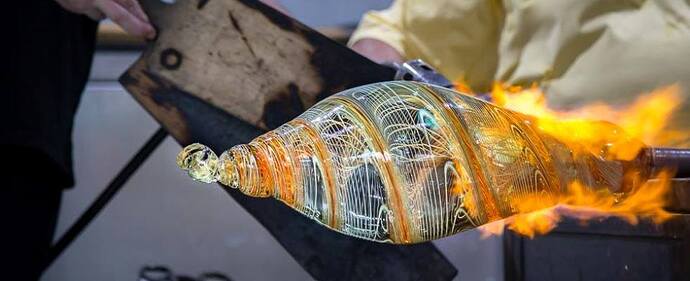
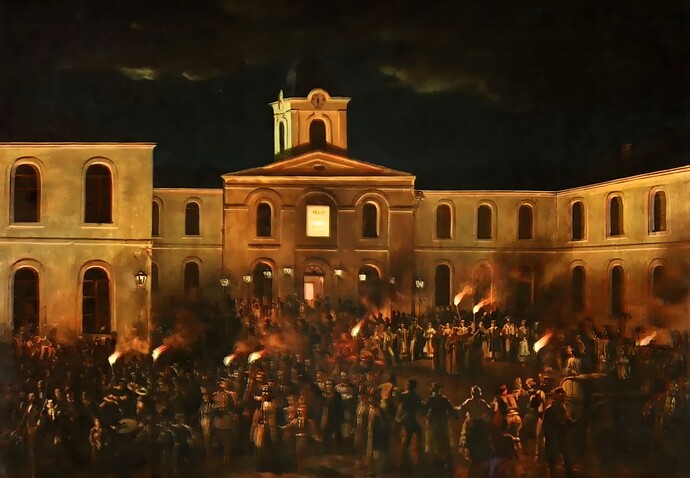
![[Image: 2741321341-10737824f8-b.jpg]](https://thesouthpacific.org/uploads/default/optimized/2X/e/e56c5ff6a8a8505e88d033e7a1f30c73f8ad88cb_2_664x500.jpeg)
![[Image: Horezu-pottery-workshop.webp]](https://thesouthpacific.org/uploads/default/optimized/2X/b/bf8a8c256773508dfb9e6308f7150ae18859da69_2_690x392.webp)
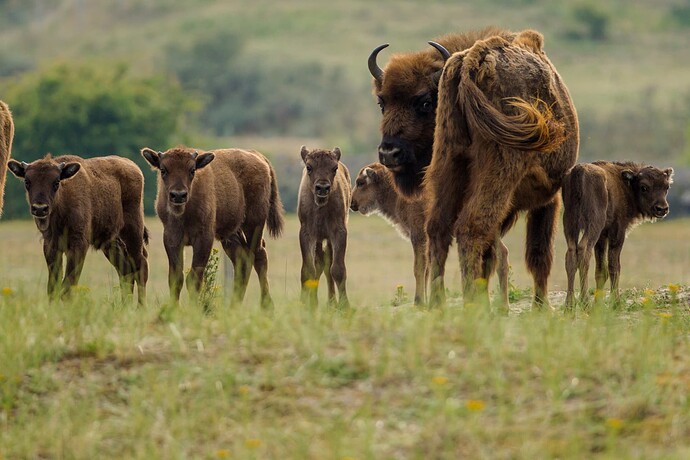
![[Image: The-holy-Romanian-icons.jpg]](https://thesouthpacific.org/uploads/default/optimized/2X/6/6ed1369f4c7024b18f920f9f9c52b7260f8a70d0_2_690x429.jpeg)
![[Image: ecg-IETSa-4x.jpg]](https://thesouthpacific.org/uploads/default/optimized/2X/e/e8f68e439f6e72a1dfc1063eb07ab3303d40b8ee_2_690x380.jpeg)
![[Image: 2010-07-CC-Defile-HC-FW-10-11-sous-le-si...-20343.jpg]](https://thesouthpacific.org/uploads/default/optimized/2X/f/ff8c38c140c9f4aad6c9a90b0e7e27553ae002b0_2_658x500.jpeg)
